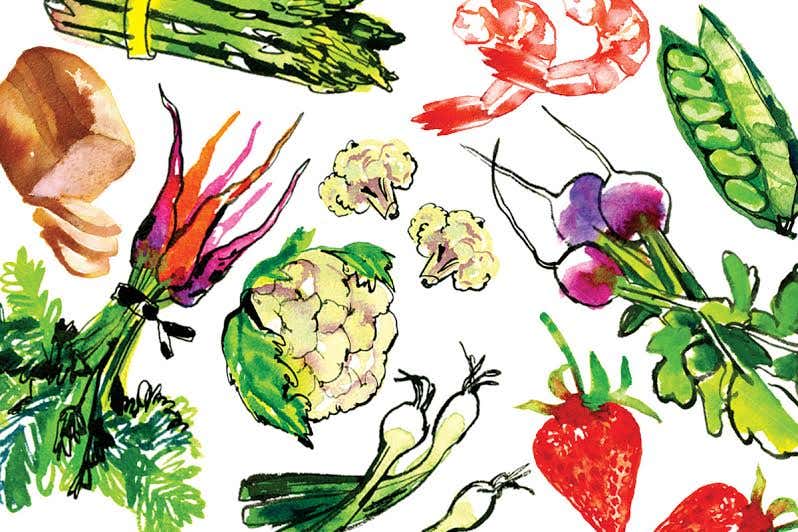
A Cultured Taste
I still remember the day when, as a young cook working at a private club, I was asked to fill an order for a glass of buttermilk. Buttermilk—as a beverage? I'd never heard of such a thing. I later learned, however, that long before it lent its creamy tartness to ranch dressing, buttermilk was an old-fashioned curative and thirst quencher. It also forms the liquid base of many cold eastern European soups and is even occasionally mixed with chopped chives and drunk as a refreshment. What is buttermilk, exactly? Traditionally, it's the liquid that's left over when slightly fermented cream or whole milk is churned into butter. After it ferments a bit more, it develops its signature flavor. Real buttermilk, though, has gone the way of the ten-cent cup of coffee. The kind that's commonly available these days is cultured; pasteurized skim milk is treated with several types of lactic acid bacteria that thicken and sour it, producing diacetyl, an organic compound that accounts for buttermilk's distinctive taste. The curdled milk is then agitated to break apart the curds; the resulting mixture has a texture similar to that of thin yogurt. No matter how buttermilk is made, I too have learned to love it as a rich, restorative drink. I guess I've finally grown up.
Keep Reading
Continue to Next Story










